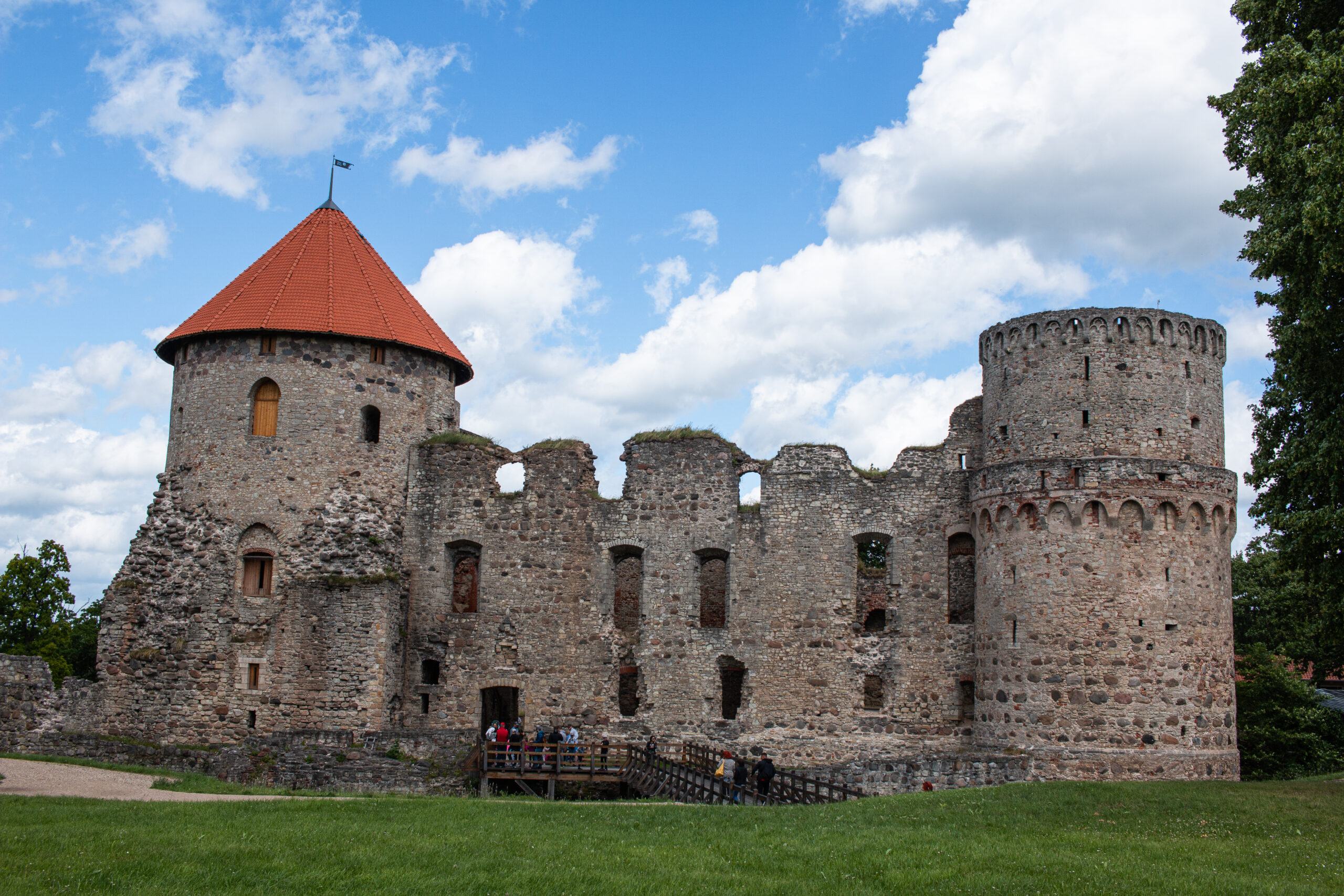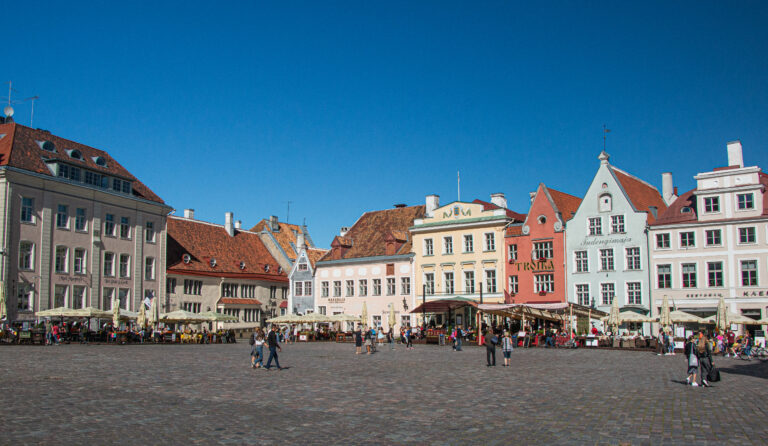The Baltic Countries
The Baltic countries are Lithuania, Latvia, and Estonia. They are geographically linked along the southern shores of the Baltic Sea. However, Estonia is linguistically closer to Finland than Latvia or Lithuania. Since the 12th century, there has been a strong Germanic influence in the area which is especially evident in the architecture of the old quarters of major cities in the Baltic countries. Their break for freedom from the Soviet Union finally came in 1991. The Baltic countries have strengthened their individual identities and have become welcome and secure additions to the European Union.
There are many good reasons to travel in the Baltic countries, not least of all: the beautiful countryside; attractive and clean cities; striking castles and monuments; and respite from the searing summer heat of the Mediterranean.
COVID-19
I appreciate how modern technology allows us to communicate easily with family and friends from around the World. However, it is all too easy to let it invade our homes. There is no better example than the daily bombardment of the World falling foul of pandemic madness during COVID-19.
Severe illness and tragedy hit many. Despite contact with a great many people, thankfully, I know of nobody who lost anyone dear to them to the pandemic. However, several people I know have suffered very threatening bouts of the virus.
The COVID-19 pandemic created shock, concern and fear everywhere. At home in Spain, lockdown lasted for three months. For those of us lucky enough to live in a village, it was also a time of great community. Every evening, we went to our roof terraces or hung out of our windows to chat with neighbours, and listen to local musicians do what they could to bring a bit of cheer to the moment.
After lockdown, many people in Spain were busy reigniting their social life and getting back to some degree of normality. After three months cooped up in the house and long hours working through videoconferencing, I was determined to get out and explore. Fortunately, Europe came out of the haze and the chance to travel became possible.
Travel to The Baltic Countries During COVID-19
Most of my journeys have taken me further afield than the Baltic. Due to the COVID-19 pandemic, many countries were either still in lockdown or imposing very tight restrictions, but the Baltic countries were open to travellers albeit with a few restrictions. Initially, I had planned to visit Poland before moving onto the Baltic Countries.
Travel to the Baltic countries during COVID-19 was controlled through the fortnightly incident rates of the virus in the country you were coming from. Incident rates in Poland were too high to enter the Baltic countries so I saved travelling their until the end of the journey. Spain’s rate was low enough to begin my journey in Lithuania. I had to keep a close eye on the incident rates to make sure that moving onto Latvia and Estonia would still be possible. Ironically, when I got back to Spain the incident rate had shot up and our access to the Baltic countries was closed. I had managed to squeeze in the journey by the skin of my teeth.
Lithuania
The Republic of Lithuania has a population of barely three million. It is similar in size to its neighbour Latvia, but larger than Estonia.
The upcoming posts focus on three of Lithuania’s treasure: Kaunas, Trakai, and Vilnius
Kaunas
Kaunas is Lithuania’s second city. A peaceful castle city with a strong café culture and attractive tree-lined streets. The dramatic Holocaust Memorial is evocative.

Trakai
Trakai Castle is an impressive 14th century castle a short drive from the Vilnius. It is surrounded by Lake Galve, and there are some easy and enjoyable walks in the area.

Vilnius
Today, Vilnius is the capital city of Lithuania. However, only a hundred years ago it had been annexed as a part of Poland. It has striking imperial architecture, but also a charming medieval quarters.

Latvia
Latvia, like its neighbours Lithuania and Estonia, is a lowland country. The area features coastal dunes, forests, rich agricultural land and low rise hills. The population of Latvia is under two million.
The upcoming posts include: Riga, and the small and charming castle city of Cesis.
Riga
Latvia’s capital city, Riga, has some very impressive sites and an active and colourful central market. The 14th century House of the Blackheads is in remarkable condition. It was a warehouse and meeting place for merchants, and is well worth visiting. The city is also home to an important collection of early 20th century Art Nouveau buildings.

Cesis
Cesis is well worth a visit for its medieval castle alone. The small city receives many summer visitors, and is a friendly and inviting place.

Estonia
Estonia has a population of one-and-a-half million. It is similar in size to Switzerland. Aside from the lowland features of the Baltic countries mentioned previously, Estonia is also home to two prominent lakes. Lake Peipsi is shared with Russia and is the fourth largest lake in Europe.
Tallinn
Tallinn is the capital city of Estonia. The city’s old centre is a registered UNESCO World Heritage Site. Tallinn’s Town Hall Square has buildings dating back to the 13th century. It is vast, colourful, and well-preserved.

Tartu
Tartu is Estonia’s second city but has a small University town feel to it. There are plenty of day trippers and the street running from the Town Hall Square down to the river makes a great place to have lunch on a sunny day, and relax!






